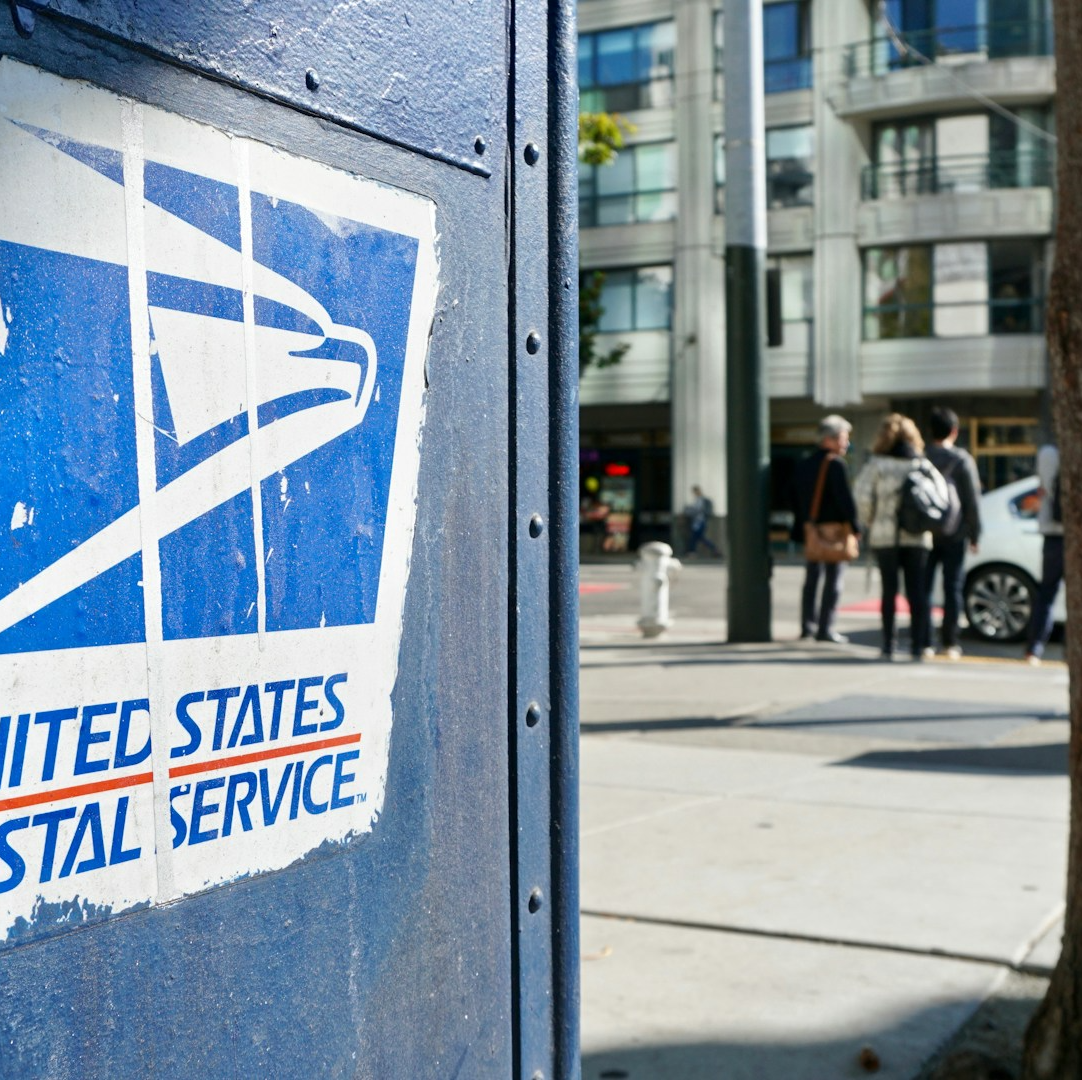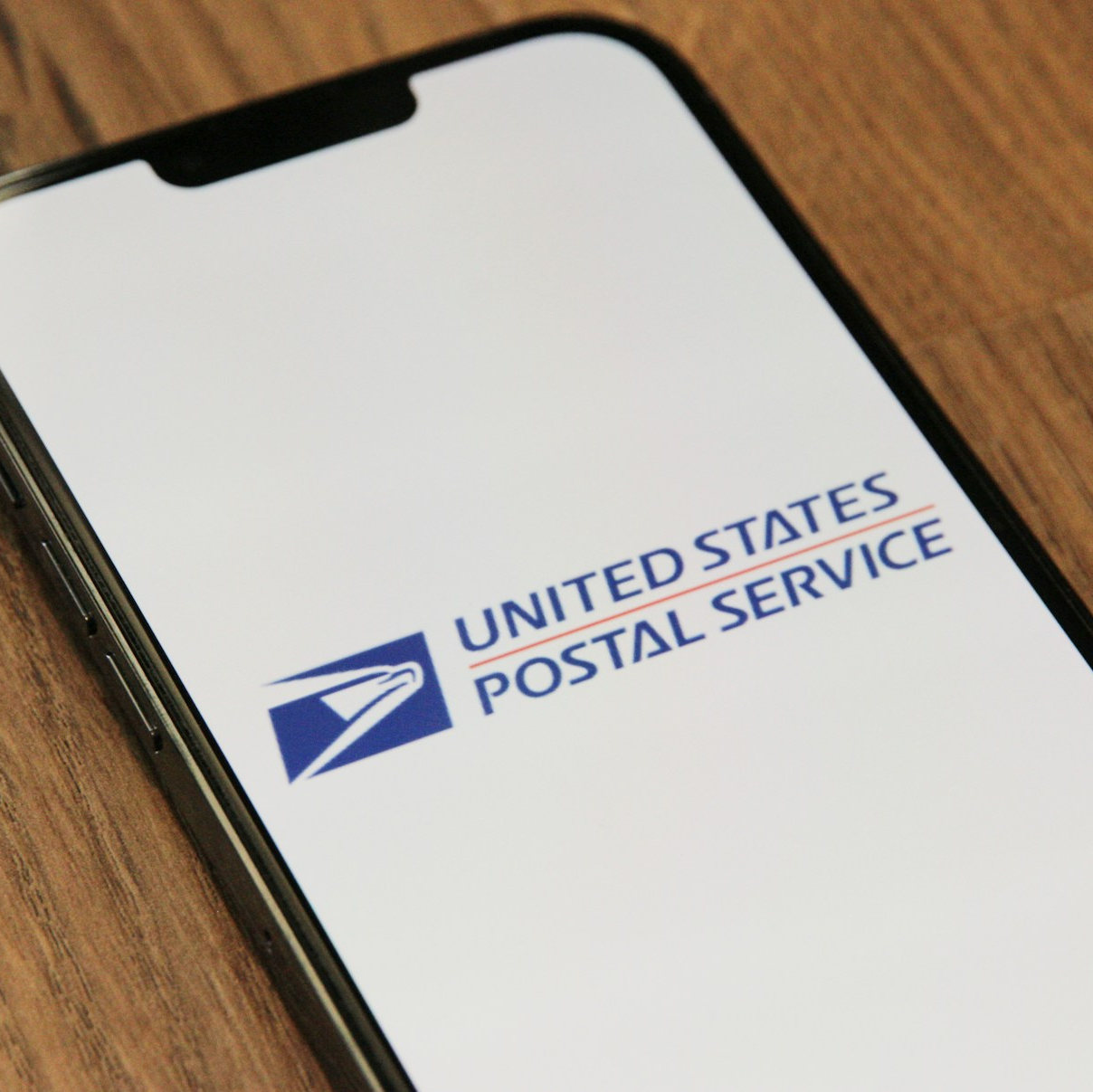Key Takeaways
-
The transition from the Federal Employees Health Benefits (FEHB) Program to the Postal Service Health Benefits (PSHB) Program is now in effect, and it impacts your healthcare coverage decisions for 2025.
-
Understanding the differences between FEHB and PSHB, along with Medicare integration, is essential for making informed choices about your health plan.
Why the Shift to PSHB Matters
The Postal Service Health Benefits (PSHB) Program officially replaces FEHB for Postal Service employees and retirees in 2025. This change stems from legislative efforts to streamline health benefits while aligning with Medicare coverage for eligible members. If you’re a Postal worker, retiree, or family member, navigating this transition effectively is crucial to ensure you’re maximizing the benefits available to you.
What’s Different Between FEHB and PSHB?
While FEHB and PSHB share similarities, there are significant differences that could affect your coverage and costs.
Coverage Scope
-
FEHB: Covered all federal employees, including Postal workers.
-
PSHB: Exclusively tailored for Postal Service employees, retirees, and their eligible family members. With a more focused scope, PSHB aims to address the specific needs of this group, offering plans that reflect the realities of Postal work and retirement.
Medicare Integration
PSHB integrates more closely with Medicare Part B, encouraging enrollees to utilize this coverage for enhanced benefits. Under PSHB:
-
Medicare-eligible retirees and dependents must enroll in Part B to maintain their PSHB plan, with exceptions for certain groups such as those retired before January 1, 2025. This closer alignment with Medicare ensures that enrollees gain access to more comprehensive healthcare coverage.
-
Benefits like reduced deductibles, lower copayments, and improved coordination of services apply when Medicare Part B is combined with a PSHB plan. This integration aims to create a seamless healthcare experience, reducing administrative burdens for beneficiaries.
Premiums and Cost-Sharing
-
PSHB plans often feature lower premiums compared to FEHB options, especially when Medicare Part B is involved. These savings can be significant for enrollees who manage chronic conditions or require frequent medical services.
-
Cost-sharing elements such as deductibles, coinsurance, and copayments are adjusted for enrollees with Medicare, offering potential savings. By understanding how these elements interplay, you can make more informed financial decisions regarding your health coverage.
Key Features of the PSHB Program
The PSHB Program introduces several changes aimed at tailoring benefits for Postal employees and retirees:
Flexible Enrollment
-
Enrollment rules align with Medicare requirements, ensuring that eligible members transition smoothly. The most recent Open Season allowed members to select from a range of PSHB plans, ensuring ample opportunity to make informed decisions.
-
Outside of Open Season, you can only change your plan during Qualifying Life Events (QLEs). This limitation underscores the importance of proactive planning during enrollment periods.
Pharmacy Benefits
-
Medicare-eligible enrollees automatically receive prescription drug coverage through a Medicare Part D Employer Group Waiver Plan (EGWP). This simplifies accessing medications and managing costs, ensuring affordability and availability for essential treatments.
-
Enhanced pharmacy benefits mean reduced out-of-pocket expenses for high-cost prescriptions, providing financial relief for those requiring ongoing medication.
Government Contributions
As with FEHB, the federal government continues to cover about 70% of PSHB premium costs. This provides financial stability for enrollees, making quality healthcare accessible. Knowing this, you can better evaluate your budget and plan options.
Medicare Enrollment Requirements
One of the most significant changes with PSHB is the mandatory enrollment in Medicare Part B for eligible members. Let’s break it down:
Who Must Enroll?
-
Retirees and dependents eligible for Medicare and retired after January 1, 2025, must enroll in Part B to maintain PSHB coverage. This alignment ensures seamless coordination of benefits and coverage.
-
Exceptions include those who retired before January 1, 2025, or employees aged 64 or older as of this date. These groups retain flexibility regarding their Medicare decisions, providing peace of mind for long-term planning.
Benefits of Enrolling in Part B
-
Cost Reductions: Reduced out-of-pocket expenses for deductibles, copayments, and coinsurance. This integration helps mitigate the financial strain often associated with healthcare services.
-
Comprehensive Coverage: Access to both PSHB benefits and Medicare Part B services, including preventive care and outpatient treatment. This comprehensive approach to healthcare ensures broader protection for enrollees and their families.
-
Streamlined Claims Processing: With both programs working together, claims are processed more efficiently, reducing delays and administrative hurdles.
Evaluating Your Plan Options
With PSHB replacing FEHB, evaluating your plan options is more critical than ever. Here’s what to consider:
Coverage Needs
Assess your family’s healthcare needs, including:
-
Frequency of doctor visits: Regular visits may warrant plans with lower copayments and wider networks.
-
Prescription medication requirements: If you require specific medications, confirm they’re covered under your preferred plan.
-
Need for specialist care or surgeries: Look for plans that minimize out-of-pocket costs for these services.
Costs
Compare:
-
Monthly premiums: Determine what fits within your budget.
-
Deductibles and coinsurance: These can significantly impact your overall expenses.
-
Out-of-pocket maximums: Plans with lower limits offer greater financial protection, especially for families.
Network Availability
Ensure your preferred healthcare providers and facilities are within the plan’s network. Having access to trusted professionals can make a significant difference in your healthcare experience.
Deadlines and Key Dates
Keeping track of important dates ensures you stay compliant and avoid lapses in coverage:
-
Open Season: From November 11 to December 13, 2024, you selected your PSHB plan. Changes take effect January 1, 2025. This period provides the opportunity to review and adjust your coverage.
-
Medicare Enrollment Periods: If you’re newly eligible, enroll in Medicare during your Initial Enrollment Period (IEP) to avoid penalties. Missing this window can lead to higher costs and delays in coverage.
Common Questions About the Transition
What Happens If I Don’t Enroll in Medicare Part B?
Failure to enroll in Part B when required can lead to loss of PSHB coverage. Exceptions apply, but it’s critical to review your eligibility. Staying informed and proactive helps you avoid unnecessary complications.
Can I Keep My Current Doctors?
Most PSHB plans offer extensive provider networks, similar to FEHB. Check with your plan to confirm your providers are covered. Ensuring continuity of care is essential for maintaining your health.
Will My Costs Increase?
While premiums may be lower with PSHB, out-of-pocket costs depend on factors like Medicare integration and plan selection. Understanding these variables helps in managing your budget effectively.
Advantages of the New System
The PSHB program brings several benefits for Postal employees and retirees:
-
Tailored healthcare plans that reflect the unique needs of Postal workers. This specificity ensures enrollees receive relevant and practical options.
-
Enhanced coordination with Medicare for eligible members, providing more comprehensive and affordable care.
-
Simplified access to prescription drug benefits, making essential medications more accessible and affordable.
Challenges to Be Aware Of
Transitioning from FEHB to PSHB isn’t without challenges:
-
Understanding new cost-sharing structures: These can initially seem complex but offer potential savings with proper planning.
-
Navigating Medicare enrollment requirements: Being proactive about these deadlines is essential.
-
Ensuring uninterrupted access to preferred providers: Researching networks ahead of time can prevent unexpected changes in care.
Tips for a Smooth Transition
To make the most of your new health benefits:
-
Review Your Options: Compare available PSHB plans to find the best fit for your needs. Taking the time to assess options ensures you’re making informed choices.
-
Understand Medicare Requirements: Enroll in Part B if eligible and understand how it complements your PSHB plan. Knowledge is key to seamless integration.
-
Check Provider Networks: Confirm your preferred doctors and specialists are in-network. This helps maintain continuity in care and reduces costs.
-
Stay Informed: Regularly review your plan details and any updates to avoid surprises. Proactive engagement ensures you remain in control of your health coverage.
The Road Ahead for Postal Workers and Retirees
The shift from FEHB to PSHB marks a significant change, but it’s designed to enhance healthcare options for Postal Service employees and retirees. By understanding the differences, benefits, and requirements, you can navigate this transition confidently. Staying informed and proactive empowers you to make decisions that prioritize your health and financial well-being.











